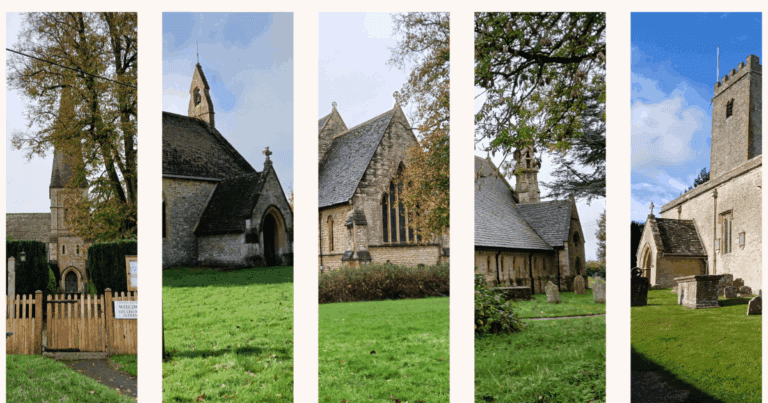
Holy Trinity, Witney

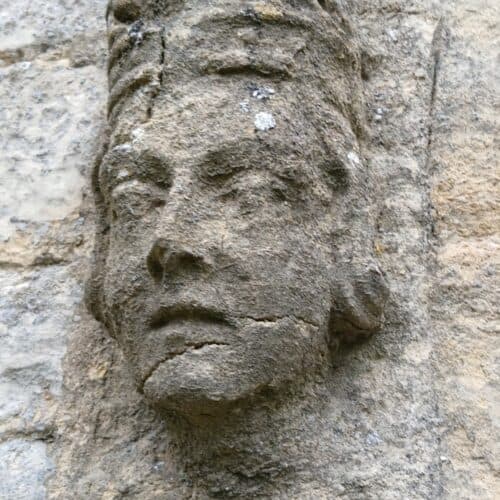
A Victorian church built 1848-9 by Benjamin Ferrey to serve the people in the north-west part of Witney. The nave is aisleless, and there is a short chancel beyond the high chancel arch. Lancet windows make this a light church. There is a bellcote at the west end of the church, and inside there is a west gallery.
St John the Evangelist, Hailey
This little church was built 1868-9 to the design of Clapton Crabb Rolfe, the Vicar’s son, replacing an earlier demolished 1761 church, to the east of the present building. Buildings of England calls it ‘a remarkable first major work for a young architect’. Although the original design was not without its critics; G. E. Street called it ‘needlessly eccentric’.

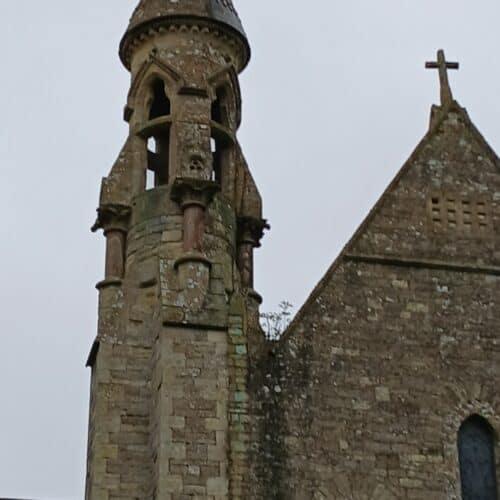
He may perhaps have had the bell turret in mind: this is highly distinctive, with a round turret with a conical roof, crowning red stone shafts. Inside the church uses a blend of colourful masonry, with red Mansfield stone for the rounded pillars of the north arcade, with banded grey-white local Milton stone above. The pulpit is similarly of red and grey stone, with carved symbols of the Evangelists.
St James, Ramsden
The first church here was built in 1842, when Ramsden became a separate parish from Shipton-under-Wychwood. This was demolished, and the current building was designed and erected by A. W. Blomfield in 1872, following his restoration of St Peter’s Wilcote four years earlier. According to the church leaflet, the ‘moving spirit’ of the enterprise was the Vicar, the Reverend Robert Lowbridge Baker, who ‘gave liberally’ of both money and time to the church, and who was in post for forty-four years. The north-west porch, with a surmounting tower and broach-spire, which BoE calls the church’s ‘best feature’, was given by him in memory of his first wife, Mary Noel, who died shortly before the building was consecrated.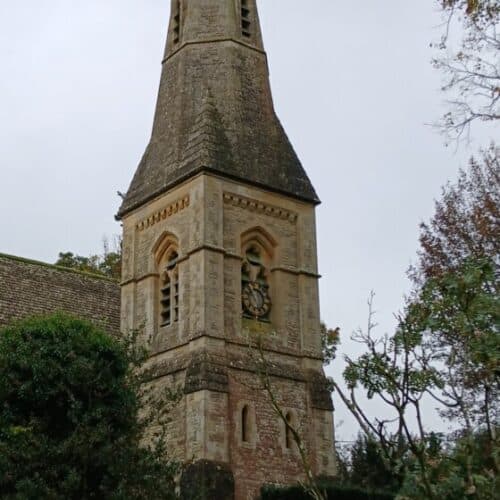
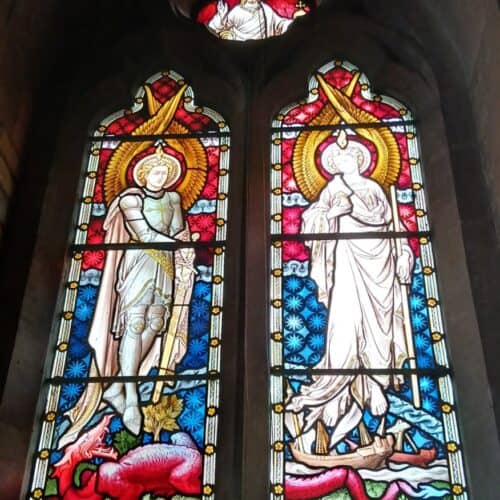
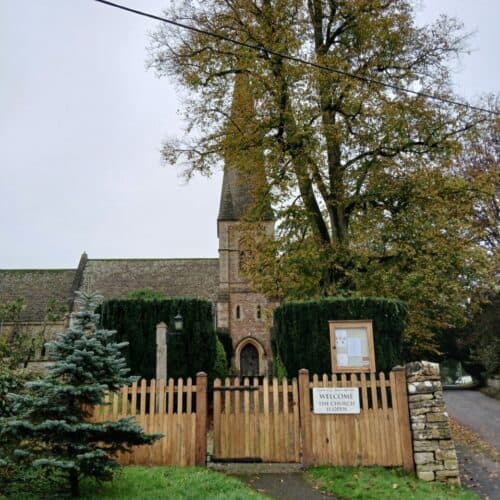
The interior has not been greatly altered (other than by the installation of a glazed screen separating the south aisle from the main body of the church). Stained-glass windows of the period include in the north wall a ‘Guardian Angel’ window commemorating Charles Sartoris, formerly of Wilcote House, who died in 1884.
One set of four memorial tablets, on the north wall, gives us a brief glimpse of one local family, the Wynters, between 1914 and 1917. Philip Wynter, who died in 1914 before the outbreak of the First World War, was according to his memorial tablet ‘late Captain, Bengal Army’, and ‘Queen’s Foreign Service Messenger for 35 years’. His two sons were both killed in action in 1915, one in Flanders and one in Mesopotamia, and their mother Constance died two years later.
St Peter’s, Wilcote
A small twelfth-century church with some later medieval alterations, comprehensively restored by Blomfield four years before his work at Ramsden. His additions included the north porch, bellcote, and enlarged east window, but if you walk round to the south side of the church you can still see the outline of a blocked Norman door, with billet moulding, testifying to the church’s twelfth-century past.
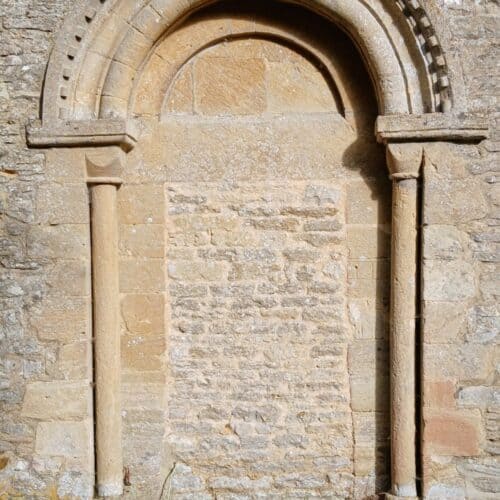
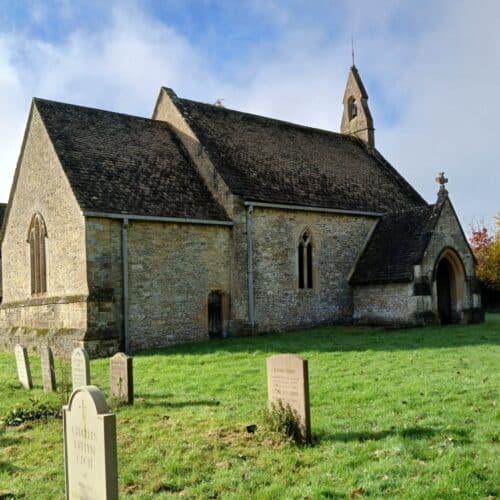
St Mary the Virgin, North Leigh
A fine square-towered medieval church with many striking details and treasures. There is a fifteenth-century Doom painting over the chancel arch, and some good wall monuments of the sixteenth and seventeenth centuries, showing respective couples at prayer with their children also praying in the lower register.
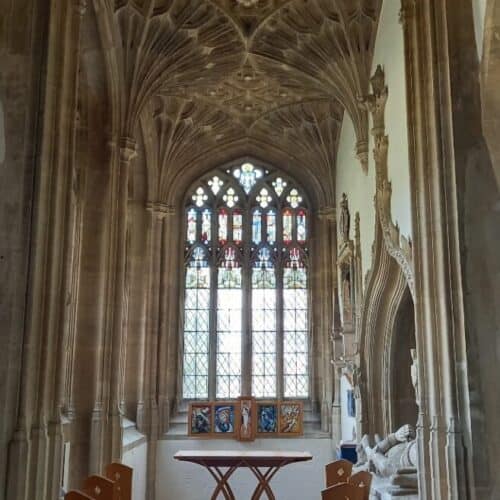

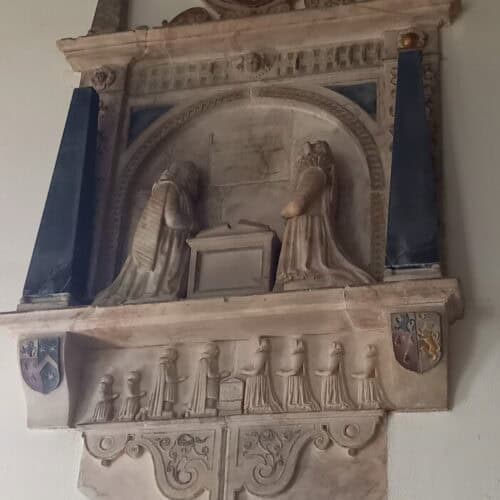
However, the jewel in North Leigh is the Wilcote Chapel, which lies at the east end of the north aisle. It was begun at the end of the 1430s by Elizabeth Blacket as a chantry chapel in memory of her first husband, Sir William Wilcote, and their two sons. It is a narrow, elegant construction, with two bays of finely-worked fan vaulting. Alabaster effigies of William and Elizabeth (who died in 1445) lie on a stone tomb-chest on the south side of the Chapel.
By Elizabeth Knowles
About the Author

Elizabeth Knowles is a renowned library researcher and historical lexicographer who devoted three decades of her career to Oxford University Press. Her time at OUP began with contributions to the OED Supplement and the New Shorter Oxford English Dictionary. Subsequently, she spearheaded the Quotations publishing program, solidifying her reputation as a leading expert in quotations and lexicography.
In 1999, Knowles assumed the prestigious role of Editor of the Oxford Dictionary of Quotations, a position she held continuously until her retirement from OUP in 2007. Under her editorial guidance, the eighth edition was published in 2014, marking a significant milestone in the dictionary’s history.
Knowles is a prolific writer and lecturer on the history of quotations and dictionaries. She has shared her extensive knowledge with both academic and general audiences, significantly enhancing our understanding of the role of quotations in language.
Beyond her work on the Oxford Dictionary of Quotations, Knowles is also the editor of “What They Didn’t Say: A Book of Misquotations” (2006) and “How To Read a Word” (2010). Her work continues to inspire and inform scholars, writers, and readers fascinated by the English language.
All photographs © Elizabeth Knowles unless otherwise noted
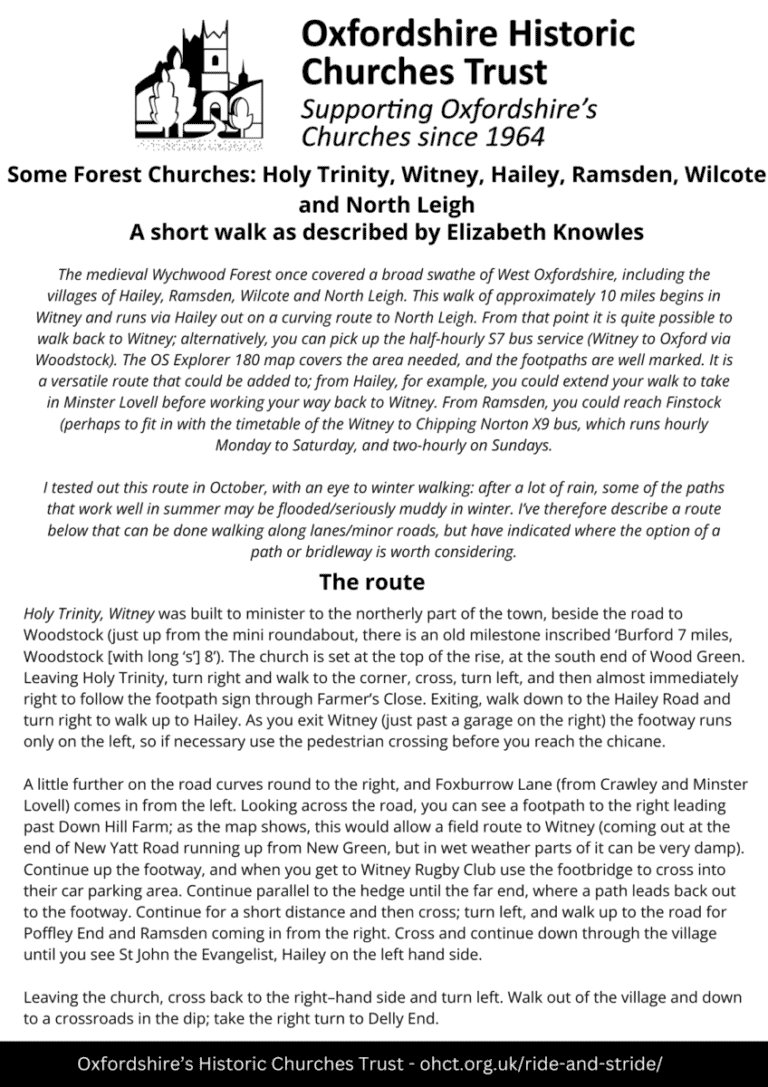
Churches visited on this route